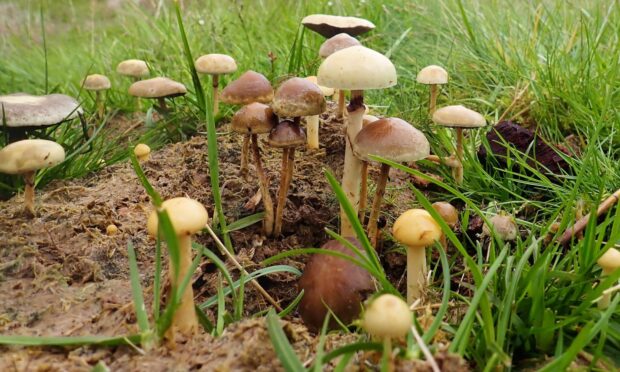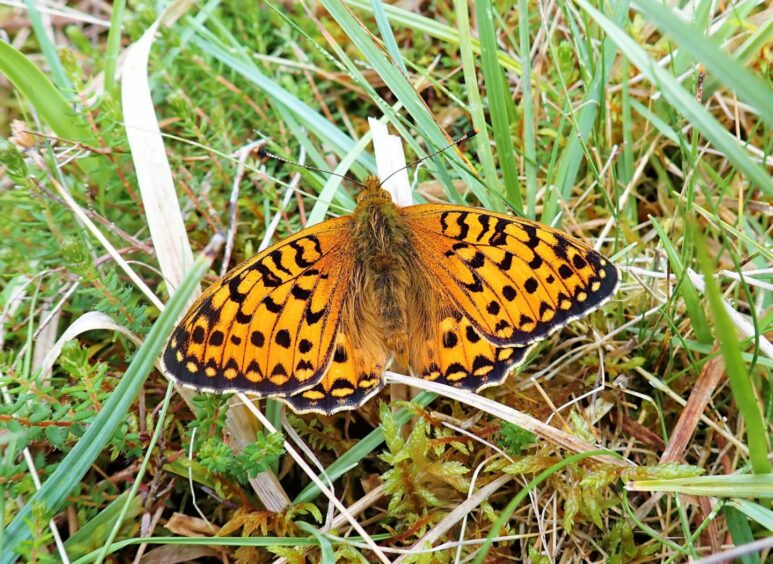The oystercatcher was agitated by my presence, and its piercing ‘kleep, kleep’ call rang around the grounds of Glenshee Parish Church by the Spittal of Glenshee.
This bird was a concerned parent with young hidden in among thick grass nearby and was keen to see me off the premises.
The boundary wall of the church made the perfect look-out post for the oystercatcher to remonstrate against my presence, so I conceded to its will and left the bird in peace, hoping the concealed youngsters will survive the gauntlet of predators and reach adulthood.
Oystercatchers are good parents, and this bird reminded me of an instance several years previously on driving slowly along a small road near Braemar when an oystercatcher suddenly appeared right in front of the car and madly flapped and dragged its wings as if injured.
The oystercatcher was not hurt, but had chicks hiding in the grassy verge and was feigning injury to try and draw the intruder – in this case two tonnes of trundling metal – away from it youngsters.
The basic urge of parental protection is a trait found in most adult birds, and as I headed up towards nearby Gleann Taitneach, a diminutive meadow pipit fluttered close above my head as it, too, made its displeasure known at my wandering too close to its nest hidden somewhere nearby.
A heavy rain squall swept across the glen, soaking me through before I had the chance to don waterproofs, but the grey clouds quickly parted and sunshine danced across the landscape once more. The warming rays of the sun brought out a dark green fritillary butterfly, which skipped across the heather and grass in an energetic flight.
Despite the confusing name, they are beautifully patterned orange butterflies, forever on the move and hard to approach close because of their innate wariness. This one spiralled down to the ground and came to rest in among a tangle of grass. I was keen to take a photograph but knew the only possible approach was to carefully crawl along the ground so as not to disturb it.
This presented a dilemma, for the ground was a minefield of cow pats, but throwing caution to the wind, I eased myself gradually along the grass, trying to avoid the dung in the process. The ploy worked and I was able to crawl within a few inches of this tangerine dream to capture it with my camera.
As I lay on the ground, I noticed the cow pats around me were adorned with clusters of glistening toadstools, which I think were a species known as Deconica coprophila.
Many types of fungi prosper in dung as it makes an excellent growing medium, rich in nutrients. The fungal spores are eaten by the cows when grazing, which are then excreted, enabling them to germinate and spread.
It is a marvellous example of nature at its most ingenious, evolving clever strategies to ensure the optimal conditions for survival and the means to colonise new areas.













